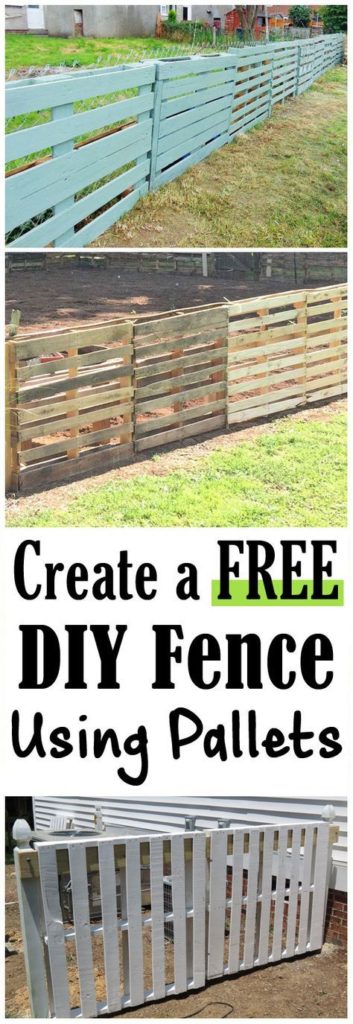You’ve got a property, and maybe even a front yard, back yard, or both. Nice! Now comes a tricky decision: what about fencing? Surprisingly, one of the hardest choices to make about the exterior of your property is how you want to enclose it. Now decide on the intended function of your fencing, be it for privacy, safety, or for the aesthetic value. What material should the fence be? What style?

1) Why do I want a fence?
The first reason may be the most obvious—if you wish to contain anything inside your property such as kids or pets, a fence will help keep everything in. Or, perhaps you want to increase privacy—nothing keeps prying neighbors out like a fence. Another reason might be that you are worried about security, so you might want something tall. (Check with your city’s zoning to find out the height restrictions—some require a permit for a fence above 6 feet tall.) Or, you might want to simply boost your property value and increase the visual appeal of your yard. Maybe your answer to the first question is a combination of the four reasons, but the reason you want a fence will determine your next steps.

2) What material should I use?
If you’re wishing to contain anything inside your property, then you can use any material, but wire is the most durable. Make sure that you pay attention to containment considerations, though. If you’re trying to keep a pet in, for example, consider that they might dig or jump. Mine could jump 6 feet in his younger years.
Further, if you’d like to increase privacy, wooden fences work best. Wooden fences provide the slimmest picket width and spacing, so their slats or boards are tight together and provide maximum privacy. You could build the fence with half of the panels on one side and the other half on the other providing some air flow. Lattice panels do not. Vinyl fence also will work, however, are not as strong as wood.
Lastly, for those looking for decorative fences, picket fences and aluminum fences can give the yards classy, expansive looks. Embellishing your fence with lattices or ornamental designs can add a lot to your home’s curb appeal!

3) How much time do I want to spend on maintenance?
If you don’t want to spend very much time on maintenance, then consider an aluminum or vinyl fence, as they require minimal upkeep. However, one downside to aluminum or vinyl fences is that they are difficult to repair if they become damaged or broken. If an isolated section needs to be replaced, it may be hard to find the same manufacturer or material that matches the rest of the fence.
Wooden fences require the most upkeep, as the paint should be touched-up or the wood should be stained every few years. Depending on the type of wood you pick, the fence contractor might suggest a stain in order to prevent damage from ultraviolet rays, rot, or bugs. However, wooden fences are also easily repairable, as damaged wooden slats can be swapped for new ones.

4) How much money do I want to spend?
Wood fences, the most popular material, look classic and are also moderately-priced. However, routine painting and staining costs could add up over time. Wooden fences are typically priced at about $20-$50 per foot (only $7- $10 per foot for a plain rail fence) with warranties typically lasting up to 15 years.
Vinyl fences can be constructed from only vinyl, or they could be a mix of plastic and wood. They don’t need painting, so maintenance costs are definitely lower when compared to wood. An estimate of typical cost for installation is about $20-$40 per square foot. Warranties are typically longer than wood, lasting at least 20 years.
Iron and aluminum fences are traditional and can vary extremely in style and design. You can go with a simple wrought-iron look, a tall, pointed enclosure for security, or an ornamental design. Metal fences require almost no upkeep at all. We recommend touch-ups if your fence has eroded metal or rust, however. The typical cost for installation is similar to the other options—the average cost per foot is about $25-$30. Warranties last for at least 20 years.
Wire fences, such as chain link, are the most affordable option, costing only about $10-$15 per square foot. Wire fences also require little maintenance. The warranty life is in between wood and the other materials at about 15 years.

5) Do I have any neighborhood fence regulations?
The last important consideration is more about those around you. Do you have a Homeowner’s Association? Are you living in a new development or a historic district? You might have limitations on location or size, so check with your municipality’s zoning department or local officials!

